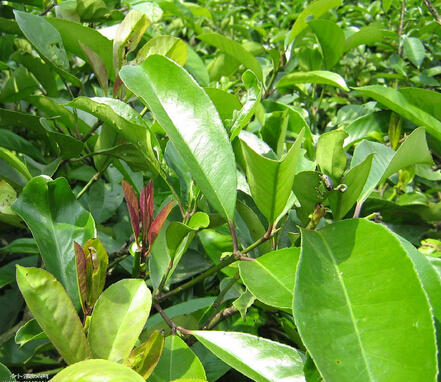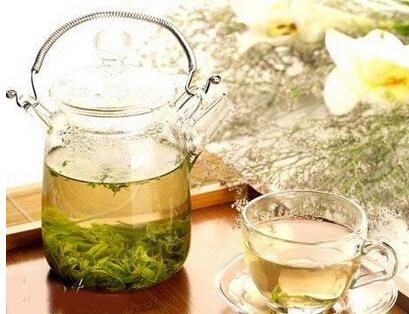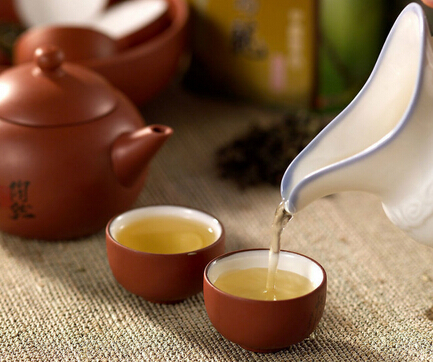Kuding Tea is a traditional Chinese natural health beverage, derived from the leaves of the Ilex latifolia plant. It grows on hillsides, bamboo forests, and shrublands, distributed in the lower Yangtze River regions and areas like Fujian and Hainan.
The Origin of Kuding Tea
Kuding Tea's young buds are purplish-red, said to be stained by the blood of a tea girl named Axiang. Legend has it that Axiang, a beautiful girl, refused to enter the imperial palace and jumped off a cliff, her blood turning the tea buds from green to purple-red and making their flavor sweet and fragrant. Hence, Kuding Tea is also called "Purple Bamboo Shoot Tea."

The Cultural History of Kuding Tea
In 744 AD, during the Tang Dynasty, Emperor Xuanzong sought elixirs for longevity and beauty. An envoy named Yang Guangting discovered Kuding Tea's beauty-enhancing effects and presented it to Consort Yang, who confirmed its efficacy. Delighted, the emperor declared it an annual tribute.
Another legend tells of a poet named Song who, after failing imperial exams, retreated to Xijiao Mountain to teach tea cultivation. With divine guidance, he successfully grew Kuding Tea, later passing the exams at 70. A temple was built in his honor.
Ming Dynasty records note that Emperor Taizu's constipation was cured by Kuding Tea, elevating it to imperial status. Similarly, Empress Dowager Cixi used it to manage diabetes, leading to its protection from overharvesting.
In 1927, Zhu De's troops, suffering from heat exhaustion, were revived by Kuding Tea, dubbing it "Divine Tea."
The Benefits of Kuding Tea
It disperses wind-heat, clears vision, and quenches thirst, treating headaches, toothaches, and inflammation. Modern studies confirm its amino acids, vitamins, and trace elements aid in lowering lipids, improving coronary blood flow, and alleviating cardiovascular symptoms.

Processing Techniques of Kuding Tea
Fresh leaves must be processed promptly to avoid spoilage.
1. Withering: Methods include heated, indoor natural, or sun drying until leaves soften.
2. Fixation: High-temperature frying ensures even heat, turning leaves dark green with a tea aroma.
3. Rolling: Hot rolling shapes thick leaves into strips or other forms, maintaining 80%嫩叶成形率.
4. Drying: Leaves are air-dried until moisture drops to 3%-5%, or slowly baked in humid conditions.

How to Brew Kuding Tea
Use boiling water, preferably mineral or spring water, in porcelain or pottery. Start with 2-3 buds per 250ml, adjusting to taste. It blends well with other teas (1:9 ratio), enhancing flavors without overpowering.
Evaluating Kuding Tea
Quality indicators include耐泡性 (10+ infusions), bitter-to-sweet taste,黄绿汤色, and靛青叶底. It resists spoilage, with茶渣 remaining fresh for days.
Selecting Kuding Tea
Genuine leaves are large, thick, and革质, brewing intensely bitter-sweet. Avoid overly sweet or参味 products, which may contain additives.
Storage Methods
1. Refrigeration: Vacuum-sealed in冷藏柜.
2. Thermos: Dry bottles preserve freshness.
3. Jars: With lime packets, replaced monthly.
4. Bags: Double-layered, air-squeezed in wooden boxes.
5. Tins: Clean, airtight metal containers.